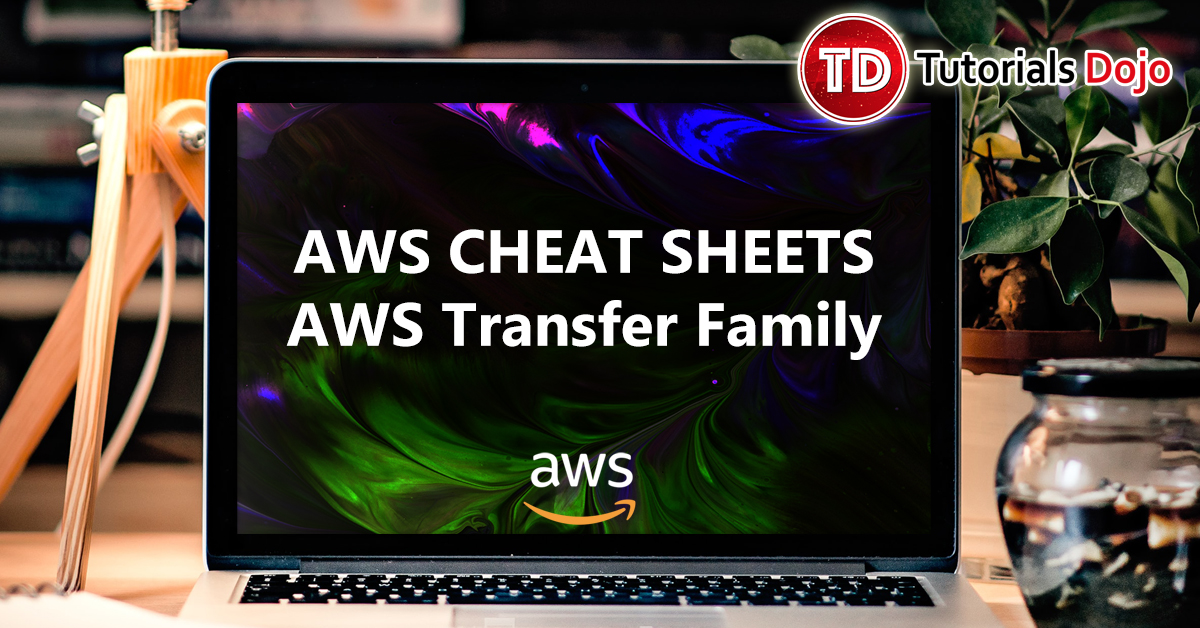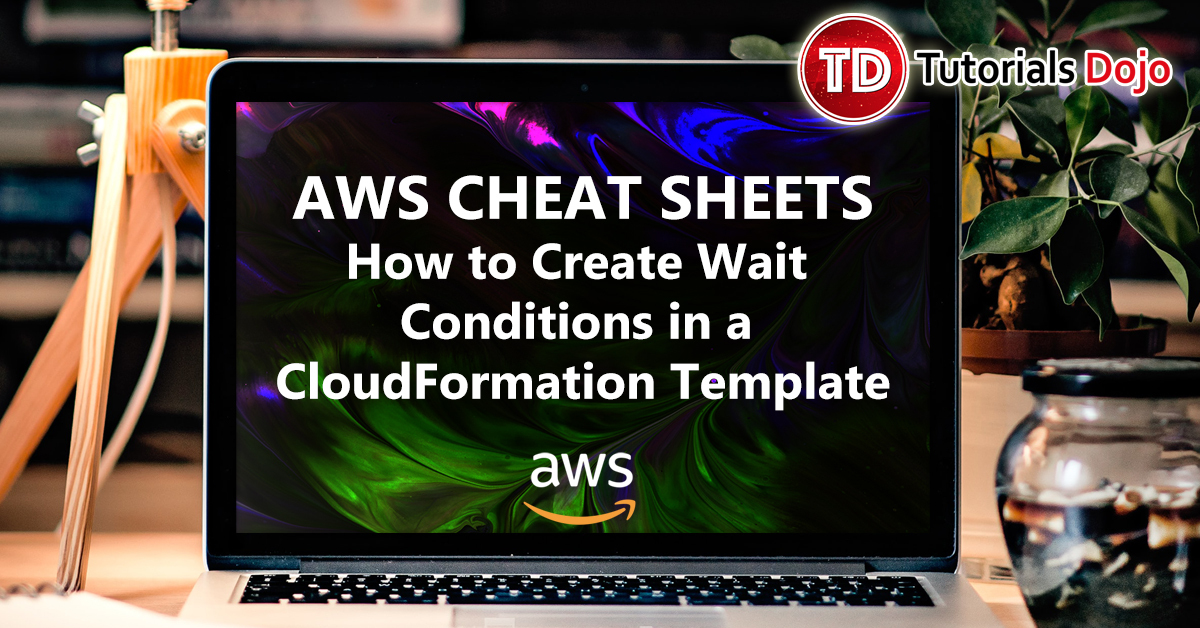AWS Wavelength
Admin User-12025-11-26T12:59:47+00:00Bookmarks Features Concepts Pricing AWS Wavelength Cheat Sheet AWS Wavelength enables developers to build applications that require edge computing infrastructure to deliver ultra-low latency to mobile devices and end users. It deploys standard AWS compute and storage services to the edge of communications service providers' (CSP) networks (typically 5G networks). Wavelength Zones can be used to extend an Amazon VPC in order to run ultra-low latency applications that use the same AWS services, APIs, tools, and functionalities. Features Supports standard AWS compute instances, including General Purpose, Memory Optimized, and GPU-accelerated types for diverse [...]










